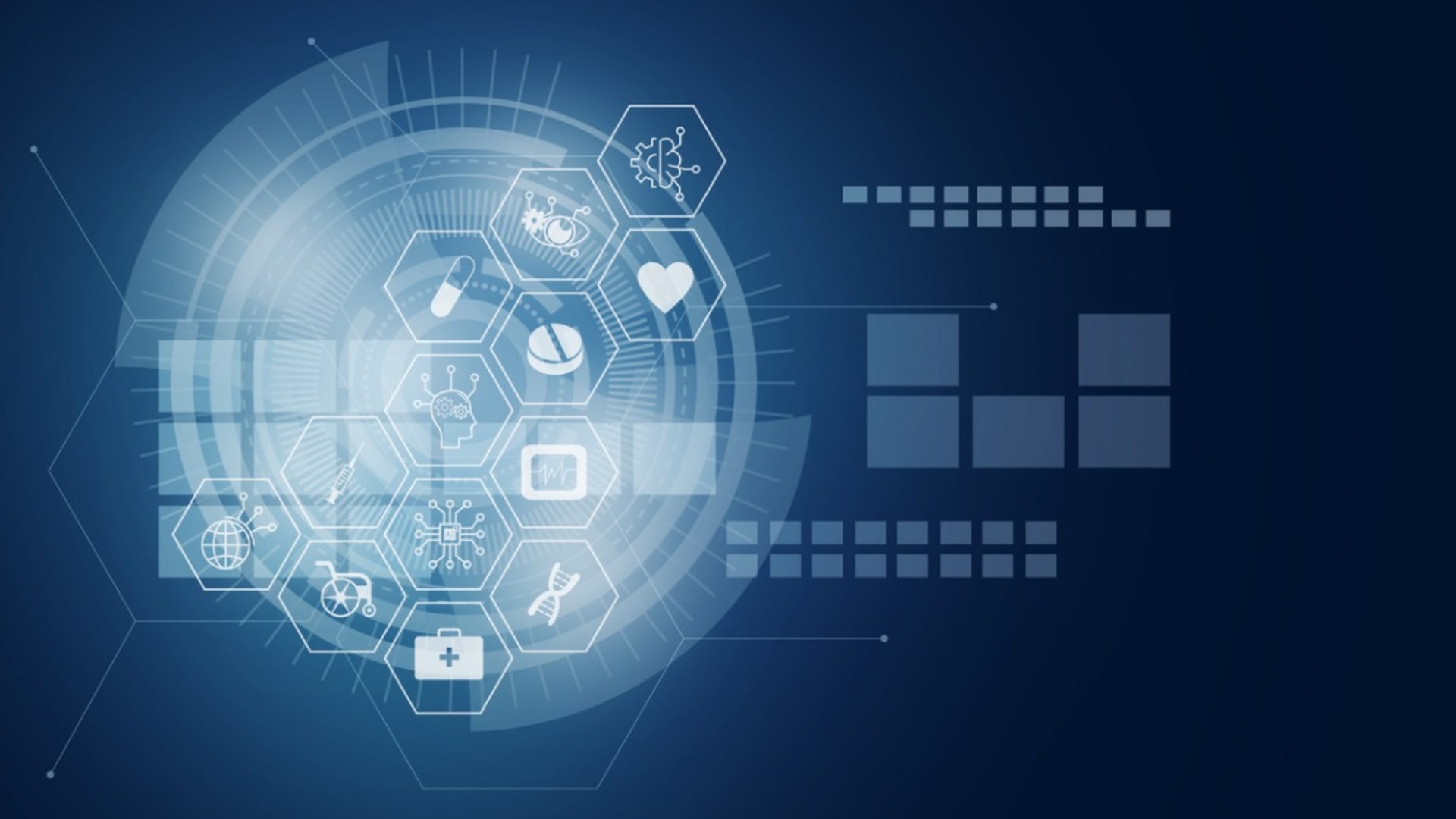Healthcare web development is the process of building a website capable of exchanging healthcare information between practitioners, providers, patients, and monitors. Thousands of patients seek online healthcare every day when they can’t access it in person for any reason.
This is why it’s mandatory for healthcare startup founders, digital health experts, and medical entrepreneurs to ensure that they have a usable, helpful, and secure website. However, building a website for the healthcare industry isn’t an easy task as the process includes a significant amount of requirements.
Unfortunately, healthcare adopts technology at a slower pace than other industries due to their privacy and security standards. This pattern changed quickly, however, during the pandemic due to the need for online and distanced medical visits. Pushed by that scenario, the healthcare industry started following the latest technology trends.
Healthcare Website Functionalities
The first step in developing a healthcare website is defining its objectives. For example, a healthcare web app collects data about the current stats, location, and additional user information through different settings while a website is typically more information or education-based.
The next step is analyzing the target audience for the product. The primary goals for this phase are the planning of strategies for the product itself and listing all of the project requirements. The collected information isn’t only helpful for the healthcare company but also for the developers of the technology so that everyone is on the same page.
After that’s done, it’ll be time to start working on the front and back ends of the project, considering multiple aspects like look and feel, features, navigation, and user experience. Throughout that website development process, the engineers will have to constantly test everything they do to ensure that the quality is as high as possible, as the healthcare sector deals with highly sensitive information that needs proper securing.
For any company in any industry, website design and the overall user experience (UX and UI) are two of the most important factors in building a successful product. An effective healthcare website must have a user-friendly and easy-to-navigate interface and should offer the following features to/for its users:
- Recognition of the branding
- Visual appeal to the users
- Excellent and clear user interfaces
- Secure and stable programming languages
After the finalizing of the design, expected functionalities, and overall goals for the project, it’s then put into development whether with the help of a software outsourcing company, staff augmentation services, or a totally in-house development team. All of these options have their own pros and cons which companies must weigh in order to decide the best fit for their timelines, capabilities of devs, and budgetary restrictions.
Once developers finish the coding and actual building of the website, thorough testing for both user flows as well as intense scrutiny of security parameters must occur to protect both the healthcare company itself as well as the sensitive information of its users.
Web Applications for Healthcare Industry
Healthcare web apps are similar to websites in that they’re viewed and accessed via a web browser. However, web apps offer much more interaction and are more similar to mobile apps than static websites. A few examples of useful healthcare web apps include:
- Surgical assistance Augmented Reality (AR): Augmented Reality (AR) and VR headsets were merely the beginning. Microsoft’s HoloLens introduced a groundbreaking, revolutionary mixed reality. The software industry is developing apps and web apps that help healthcare professionals provide better surgical assistance used to magnify small human tissue.
- Dental CAD: In the world of dental implants, if the size of implanted teeth isn’t the exact dimensions required by the patient, it scorches the adjacent teeth and damages them over time. With the help of CAD software, doctors design the required dental implant and send it to the manufacturer’s lab all via a web app.
- Remote Consultations and Telemedicine: During the recent pandemic, remote consultations and telemedicine were game-changers in that they allowed patients to connect with their doctors without the need for in-person interactions. Additionally, doctors and quality healthcare are scarce in developing nations and remote areas. To address this issue, the healthcare industry turned to mobile and web apps for remote consultations.
- Online Drug Stores: Access to necessary medicines sometimes proves impossible for those in remote areas or due to inflated prices in physical stores. Online pharmacies help patients access their necessary medicine and sometimes suggest alternatives or generic versions if a particular brand is unavailable or too expensive.
- Maintaining Patient Health Records: Managing healthcare records for many patients can be a difficult task. Web applications play a vital role in efficiently maintaining healthcare records and providing real-time collaboration between doctors and insurance companies, typically across intranet systems. As these records are typically stored in the cloud, they’re accessible from any location, making things easier for providers and safer for patients as all of their info is in one place for all of their doctors.
Healthcare Web Development Project Examples
Many countries around the world use healthcare web portals to offer their services. Just a few well-known examples of useful healthcare websites include:
Our Healthcare Solutions Development Process
Developing software for healthcare is a multi-step process that requires professional expertise. The steps required for releasing a quality healthcare website or app include:
#1 Researching needs and requirements
#2 Gathering essential information about the product idea
#3 Choosing the right app development partner
#4 Prototyping and MVP development
#5 Deciding if cloud-based or on-premise storage is the best option
#6 Releasing the product and maintaining it
#7 Choosing the right app development partner
How to Hire Healthcare Web Developers
Choosing the best software development partner to create a comprehensive healthcare solution is essential. In most cases, unless the healthcare company or provider is specifically involved in the tech industry, working with a software development outsourcing provider such as BairesDev is the best way to accomplish their goals without sacrificing security needs or going over budget.
There are many critical factors to consider when hiring a development team, including:
- Expertise in providing healthcare solutions
- Testimonials from past clients
- Interviews with the dev team
- Cost range of development project
- The best methodology for the specific healthcare solution







